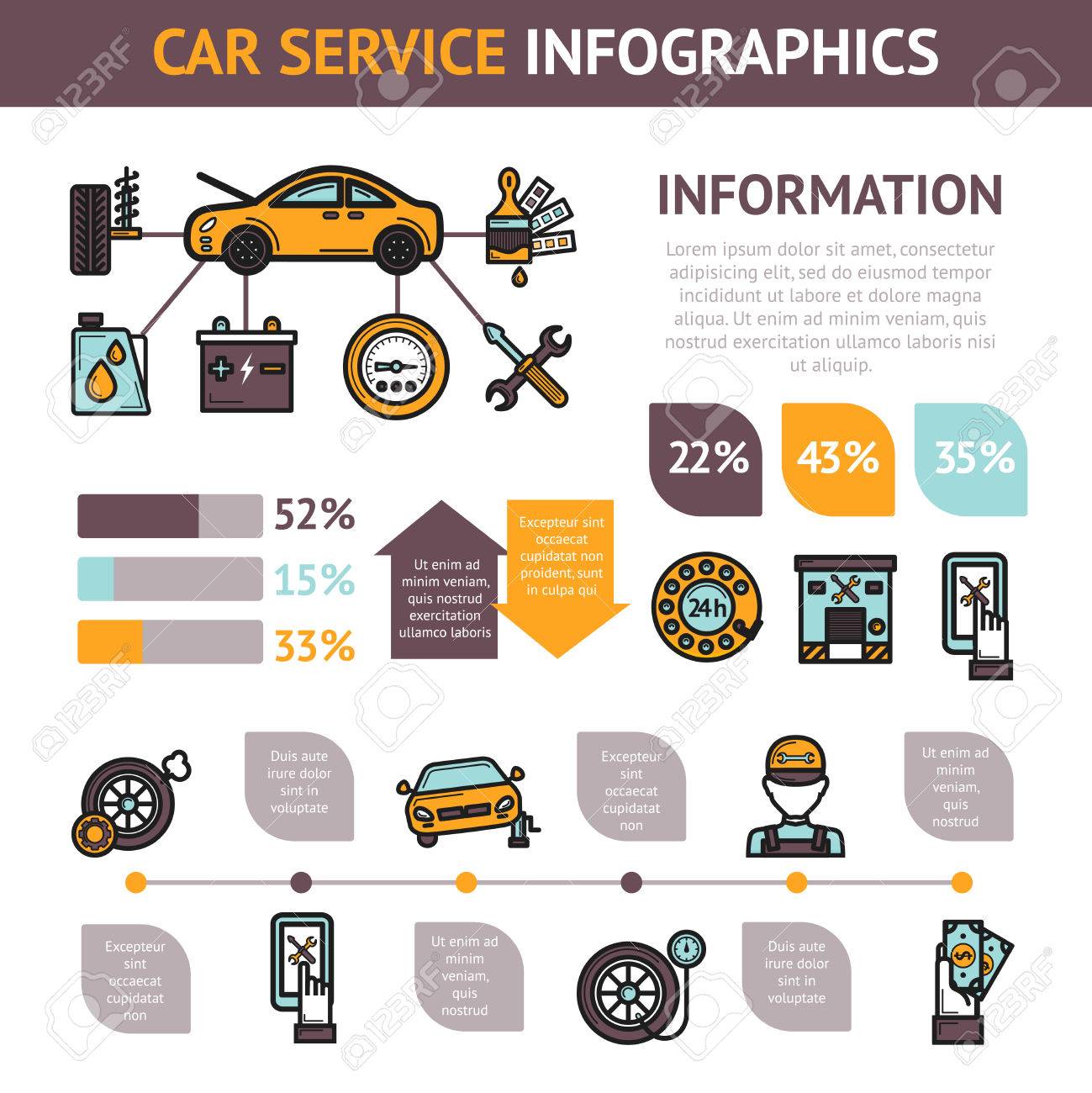Translating Your Automobile'S Alert Lighting: Their True Ramifications
Translating Your Automobile'S Alert Lighting: Their True Ramifications
Blog Article
Material By-Hartley Stark
When you're behind the wheel, those glowing warning lights on your control panel can be a bit perplexing. Do you know what they're trying to inform you regarding your automobile's health and wellness? Comprehending the relevance of these lights is vital for your safety and security and the longevity of your vehicle. So, the following time one of those lights pops up, wouldn't you intend to decipher its message precisely and take the essential steps to address it?
Common Caution Lighting and Interpretations
Identify typical warning lights in your auto and understand their definitions to make sure risk-free driving.
One of the most normal warning lights include the check engine light, which signifies concerns with the engine or emissions system. If this light comes on, it's crucial to have your lorry inspected promptly.
The oil pressure advising light suggests reduced oil stress, needing prompt interest to avoid engine damage.
A blinking battery light might recommend a malfunctioning billing system, possibly leaving you stranded otherwise resolved.
The tire stress tracking system (TPMS) light informs you to reduced tire pressure, influencing car stability and fuel effectiveness. Overlooking this can result in risky driving problems.
The abdominal muscle light indicates a trouble with the anti-lock braking system, endangering your capability to stop swiftly in emergencies.
Finally, the coolant temperature level warning light warns of engine getting too hot, which can result in severe damages otherwise resolved swiftly.
Understanding these common caution lights will help you deal with problems promptly and keep secure driving conditions.
Importance of Prompt Interest
Recognizing the common warning lights in your cars and truck is only the first step; the relevance of immediately dealing with these cautions can't be highlighted enough to ensure your security when driving.
When a caution light brightens on your control panel, it's your automobile's way of interacting a possible problem that requires attention. Disregarding click this can cause more serious issues in the future, endangering your safety and potentially costing you more out of commission.
Trigger attention to warning lights can prevent malfunctions and mishaps. For example, a flashing check engine light can indicate a misfire that, if left unattended, could cause damage to the catalytic converter. Addressing dry ice car cleaning can conserve you from an expensive fixing.
Likewise, a brake system advising light might signal reduced brake fluid or worn brake pads, vital components for your safety when driving.
Do It Yourself Troubleshooting Tips
If you see a warning light on your dashboard, there are a couple of DIY fixing ideas you can try prior to seeking expert help.
The initial step is to consult your cars and truck's guidebook to recognize what the specific caution light indicates. Sometimes the issue can be as simple as a loosened gas cap triggering the check engine light. Tightening the gas cap may deal with the issue.
An additional common problem is a low battery, which can set off numerous warning lights. Checking the battery links for deterioration and guaranteeing they're safe and secure may repair the problem.
If a caution light lingers, you can try resetting it by separating the auto's battery for a couple of minutes and after that reconnecting it. In addition, checking your car's liquid degrees, such as oil, coolant, and brake liquid, can assist troubleshoot warning lights related to these systems.
Final thought
Finally, comprehending your cars and truck's warning lights is vital for keeping your lorry running smoothly and securely. By quickly attending to these notifies and understanding what they suggest, you can prevent pricey repair services and possible malfunctions.
Keep in mind to consult your vehicle's handbook for particular information on each cautioning light and do something about it accordingly to make certain a trouble-free driving experience.
Remain informed, stay secure on the road!
